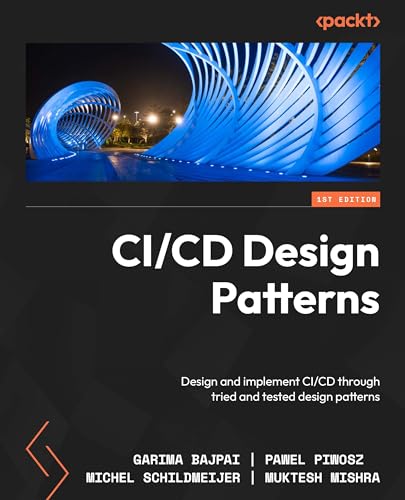

Most ebook files are in PDF format, so you can easily read them using various software such as Foxit Reader or directly on the Google Chrome browser.
Some ebook files are released by publishers in other formats such as .awz, .mobi, .epub, .fb2, etc. You may need to install specific software to read these formats on mobile/PC, such as Calibre.
Please read the tutorial at this link: https://ebookbell.com/faq
We offer FREE conversion to the popular formats you request; however, this may take some time. Therefore, right after payment, please email us, and we will try to provide the service as quickly as possible.
For some exceptional file formats or broken links (if any), please refrain from opening any disputes. Instead, email us first, and we will try to assist within a maximum of 6 hours.
EbookBell Team

5.0
98 reviewsThe fast-changing world of software development demands robust CI/CD solutions that go beyond traditional methods to address the complexities of modern pipelines. This practical guide presents proven design patterns to streamline your CI/CD processes, tackling pain points often overlooked by other resources. This book introduces continuous delivery design patterns to help practitioners and engineering teams design, adopt, and implement CI/CD. Drawing from decades of combined industry experience, the expert author team—including DevOps and cloud leader Garima Bajpai, industry expert Michel Schildmeijer, CI/CD framework creator Pawel Piwosz, and open source advocate Muktesh Mishra—provides invaluable insights from leading voices in the industry.
The book lays a solid foundation by starting with the importance of CI/CD design patterns, components, and principles. You’ll learn strategies for scaling CI/CD with a focus on performance, security, measurements, and pipeline auditability, along with infrastructure and release automation. The book also covers advanced design patterns that integrate machine learning, generative AI, and near real-time CI/CD processes.
By the end of this book, you’ll have a deep understanding of continuous delivery design patterns, a solid foundation for audits and controls, and be able to mitigate risks associated with the rapid integration of modern technology into the SDLC.